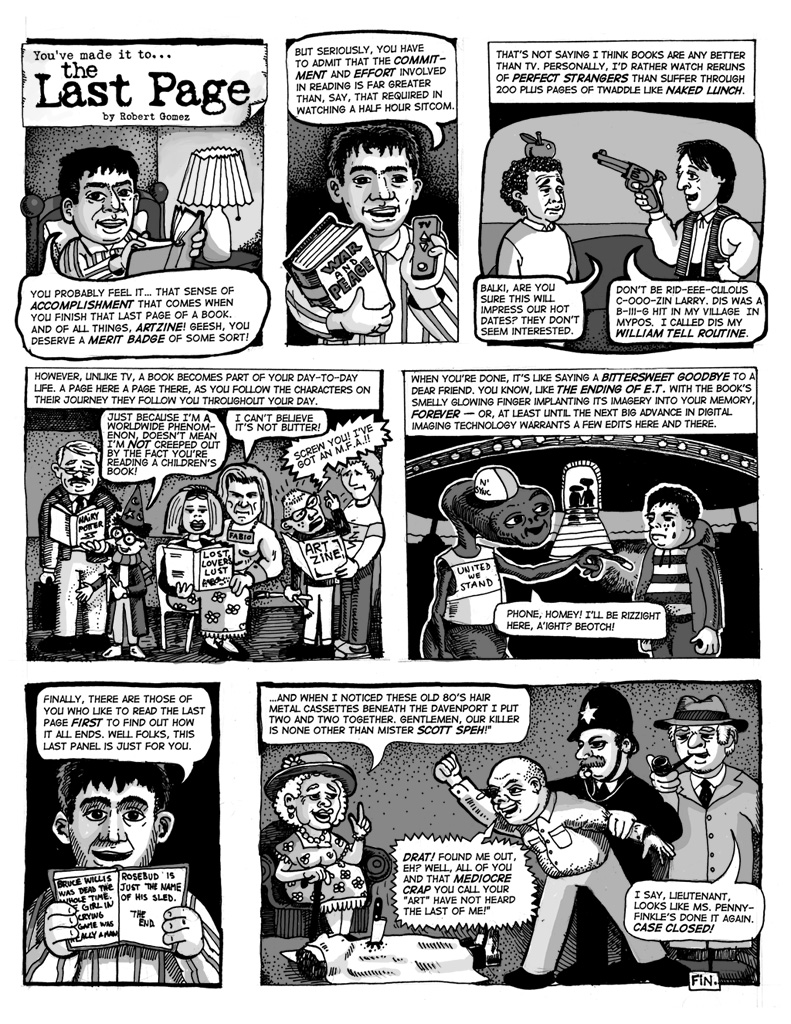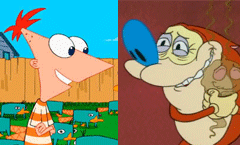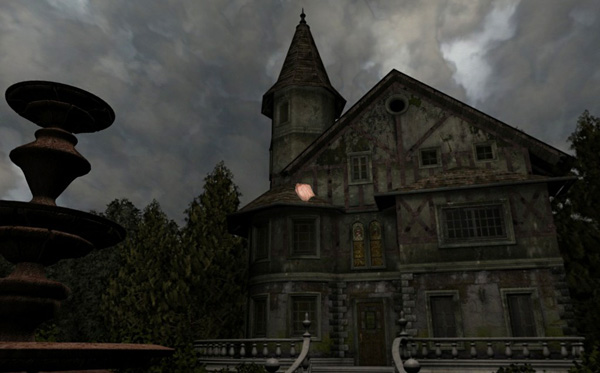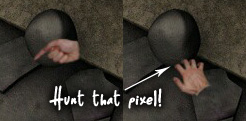At times an issue emerges of such great importance that I feel compelled to take a stand in hopes of bettering our world and insuring the continuation of our species. I am speaking, of course, of the destructive influence of the Disney Channel cartoon, Phineas and Ferb. Children seem to love this show. That is understandable because what are children other than smaller, stupider versions of adults (with blemish-free skin). What surprises me is the number of adults who claim to like the show. I feel it is time for us adult television consumers of taste to stand up for quality cartoon entertainment so that we can go drink martinis on our back porch knowing that our children are inside being raised according to the highest standards children’s television programming.
Now, before I lay out the specifics of my case against Phineas and Ferb let me preface this by saying that that it is not the worst cartoon out there (I would watch it over Dora or even The Suite Life with Zak and Cody any day), and I will admit to liking the occasional joke from the show. However, the show is such a blatant example of everything that wrong with most TV animation that I have to single it out.
1. Horrible Art and Character Design
The thing you notice when you first see an episode of Phineas and Ferb is Phineas’s big, ridiculous triangular head with his blank expressionless face. Ha, ha! That’s so silly! Then it sinks in. They never deviate from the character sheet. Seriously, do a Google image search and the most variety you will see is the occasional frown or sleepy-eyed Phineas. Compare this with the artistic insanity of Bob Clampett or John Kricfalusi where every nuance of emotion is rendered in exaggerated, malleable glory. There is no strict adherence to the character sheet. If the mood calls for a squishy wet Stimpy, there is no limit to the imaginative use of drawing in a Ren and Stimpy cartoon. I imagine that the slave laborers at Disney Animation are whipped if they come up with any sort of drawing that strays from the monotonous look of the characters on the patterned bed sheets that they are cranking out at the other end of the factory.
2. Zero Dimensional Characters
Not only do the characters look bland, they are written with the same committedness to blandness that one finds in a hospice bedside meal. At least in hospice you can look forward to a late afternoon sponge bath from an orderly (hopefully a former member of The Fat Boys). Take a moment to think about some of the great characters of animation such as Bugs Bunny, Daffy Duck or even Spongebob Squarepants. We know these characters. We know that they will each think, emote and act differently given the same situation. All we know about Phineas and Ferb is that they might, er… build… something? This harkins to the experiment posed by RedLetterMedia in their excellent review of the Phantom Menace. In that video, various people are asked to describe characters from Episode I without reverting to their job or physical appearance. It proves to be an impossible task.
Take a look at the main group of kids in Phineas ‘n’ Ferb, there’s the nerdy kid, the bully, the girl with a crush on Phineas. Sure they all have different “jobs,” but in the end they all react and behave exactly the same. There’s no dynamic or conflict other than the occasional, “I, ‘the bully,’ did something mean to ‘the nerd’ sometime in the past but that’s okay, we are all pals just the same.” Extend beyond this main group of characters and the same applies. Candice exists only to bring an end to the boys’ daily activity, Perry exists only to give Doofenshmirtz an antagonist. I guess that you could argue that Doofenshmirtz has some character to him, but, unfortunately, he’s a captive of the rigid and formulaic plots of each episode. Speaking of which…
3. Plots and Jokes Built Entirely on a Formula a.k.a. Boring Story Telling
Okay, now I hear you saying, “Now, Mr. Webmaster Sir, there are plenty of great cartoons out there, like South Park for instance, that are drawn horribly and aren’t deep character studies, but dammit they’re funny!” True. But unlike that show, Phineas and Ferb relies almost entirely on formulaic plots and catch phrases for jokes. The shows are so mechanical and by-the-book that, more often than not, the supposed laughs come from pointing out the slight variances from the standard plot bullet points. This leaves no room for going off the ranch and trying something creative and fun. It’s like a half-hour animated jack-in-the-box: keep turning the crank and listen to that familiar little weasel tune… eventually, “Pop!” and the lid flies open and Jack the clown of your nightmares springs up. This can be pretty exciting and fun the first time around, but after you reset the clown and turn the crank again, the only people who will be amused are two-year-olds and the drooling idiots who buy Rihanna albums (sometimes one in the same thing).







